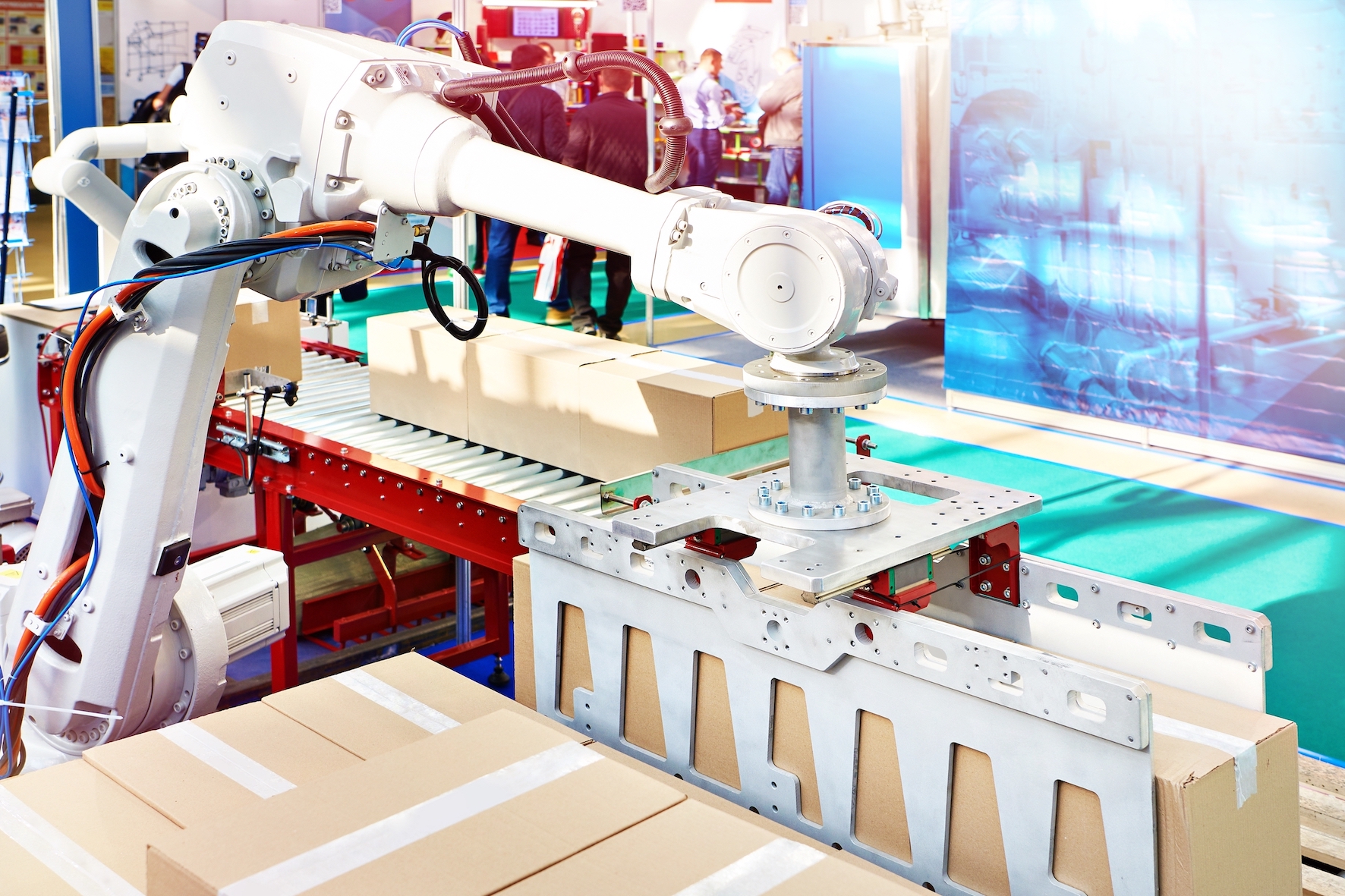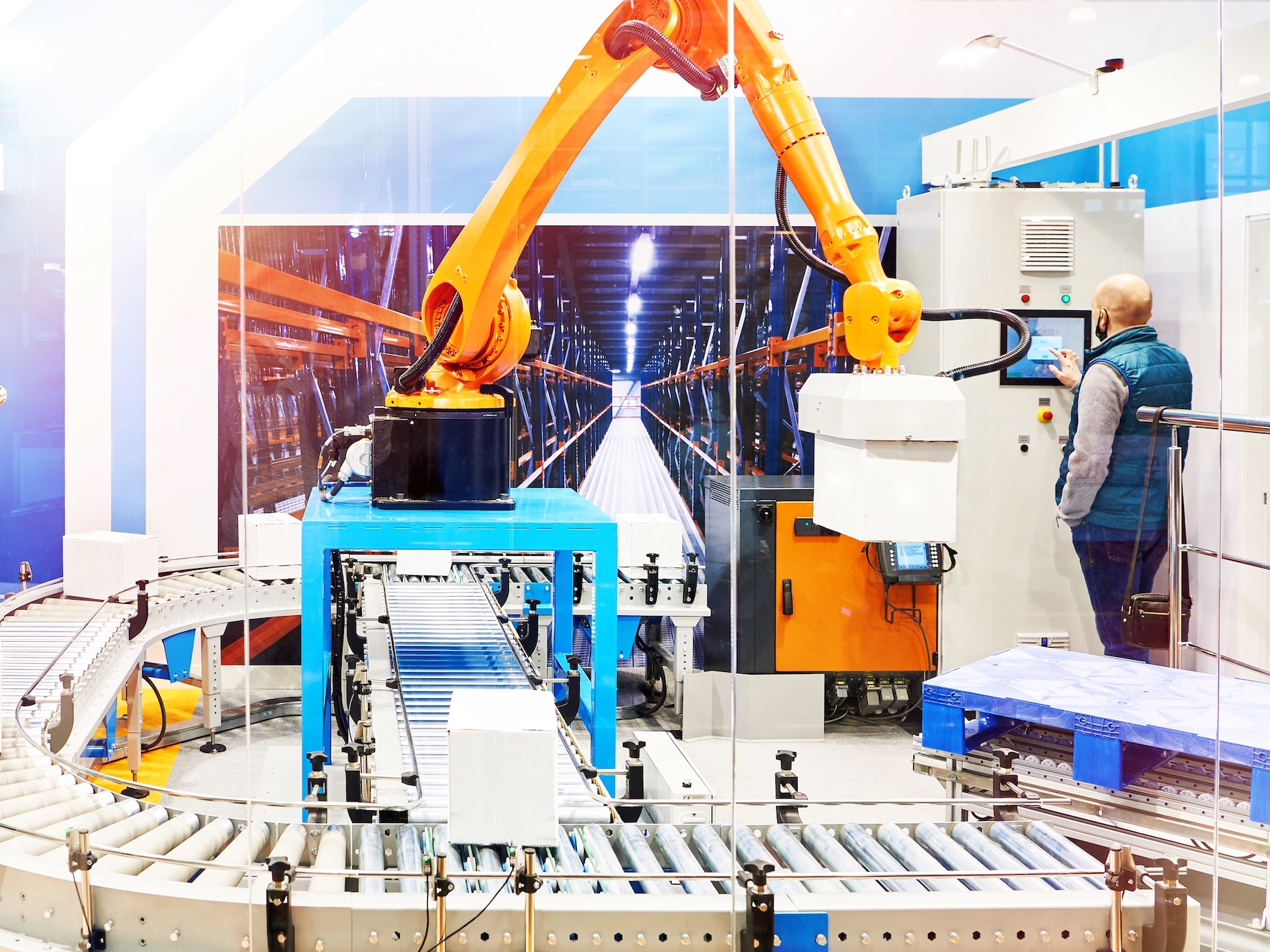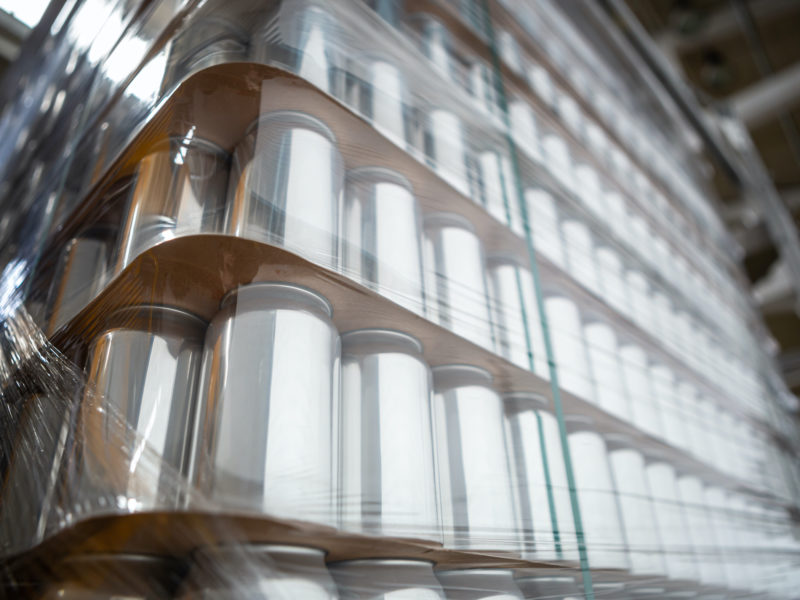
What is the cost of an automatic palletiser? Here are some tips to weigh up the price of your storage solution
In each and every sector of industry the use of automatic machineries has been a winning move as a response to increasing need to optimise production lines. This is also true for end of the line, where importance of machines has spread rapidly. But what is the cost of a palletising machine? And what factors you should take into consideration to assess what is the right cost of palletiser for you?
Cost of an Automatic Palletiser: The Importance of Automation
Efficiency, celerity and flexibility are just some of the many benefits added in the production floor by adopting an automatic system. Here, end-of-line processes are critical for ensuring the integrity of the goods and for storing or shipping them in shortest time possible. The cost of a palletiser is also determined on its intended use, Because it’s a high-performing solution for many areas, from industrial conveyance to quality control, from counting processes to washing stations, and everything in between, including packing, packaging and other logistics-related requirements of the production cycle. However, if you’re asking how much a palletiser is going to cost you, there are some important things you need to think about.
Automatic Palletiser: Is It Worth the Cost?
When weighing up the cost of an automatic palletiser, it’s important to consider the costs of an automatic system vs. manual system that requires one or more operators. Let’s stop for a minute to consider the indirect costs of these two alternatives:
- Cost of quality: manual palletising is commonly subject to human error, for example, pallets get mixed up, goods are loaded into the wrong truck and warehouse picking mistakes are made. While these errors may be very common, they still need to be managed, which inevitably causes financial losses, not to mention loss in credibility of the company.
- Cost of product: this often has to do with perishability; the time lost to human errors can cause goods to reach expiration, leading, in turn, to considerable losses.
- Cost of safety: a worker who slips or hurts himself/herself while loading a pallet is a serious concern for the company that could lead to all kinds of consequences.
- Cost of downtime: a manual palletising station has to be manned, it is inescapable, but ensuring adequate human presence is not always possible. A blatant example is the emergency situation created by the Covid-19 pandemic, which forced companies all over the world to reduce the number of workers present at the work site.
- Cost of waiting: truck loading and shipment delays often happen because of human errors, inevitably resulting in increased costs.
Lastly, when weighing up the cost of an automatic palletiser against a manual palletiser, remember that manual palletising requires several operators, what an automatic palletiser can do with this cost.
Based on our 35-year expertise in the world of end-of-line automation, we calculated the breakeven point: considering direct and indirect costs, you can expect a return on your investment on an automatic palletiser in three years’ time. The cost of the palletiser may vary depending on the specific requirements of the industrial context where the machinery will be operating. A critical factor is the number of components the machine requires to be able to store the merchandise. The higher the volume, the higher the number of locations and spaces needed in the warehouse, and this, of course, increases costs.

The Advantages of an Automated System
An automatic palletiser is the go-to solution for companies, especially those with large volumes of units that have to be palletised. A positive return on the initial capital invested in the palletiser can be expected in little time thanks to the tangible benefits the machine produces right away:
- Faster and ultra-high performance and significant increase in productivity;
- Considerable cost and time savings;
- Accident prevention and greater worker safety: workers are no longer required to lift excessively heavy loads, which can affect their health. The fact that hazardous products or substances are no longer handled by humans is also a way of safeguarding the health of staff;
- Well-organized warehouse, even when dealing with large volumes of products;
- Safer and higher-quality product packing;
- Higher quantities shipped with the lowest possible packaging;
- Space optimisation;
- Machine versatility and customisation.




